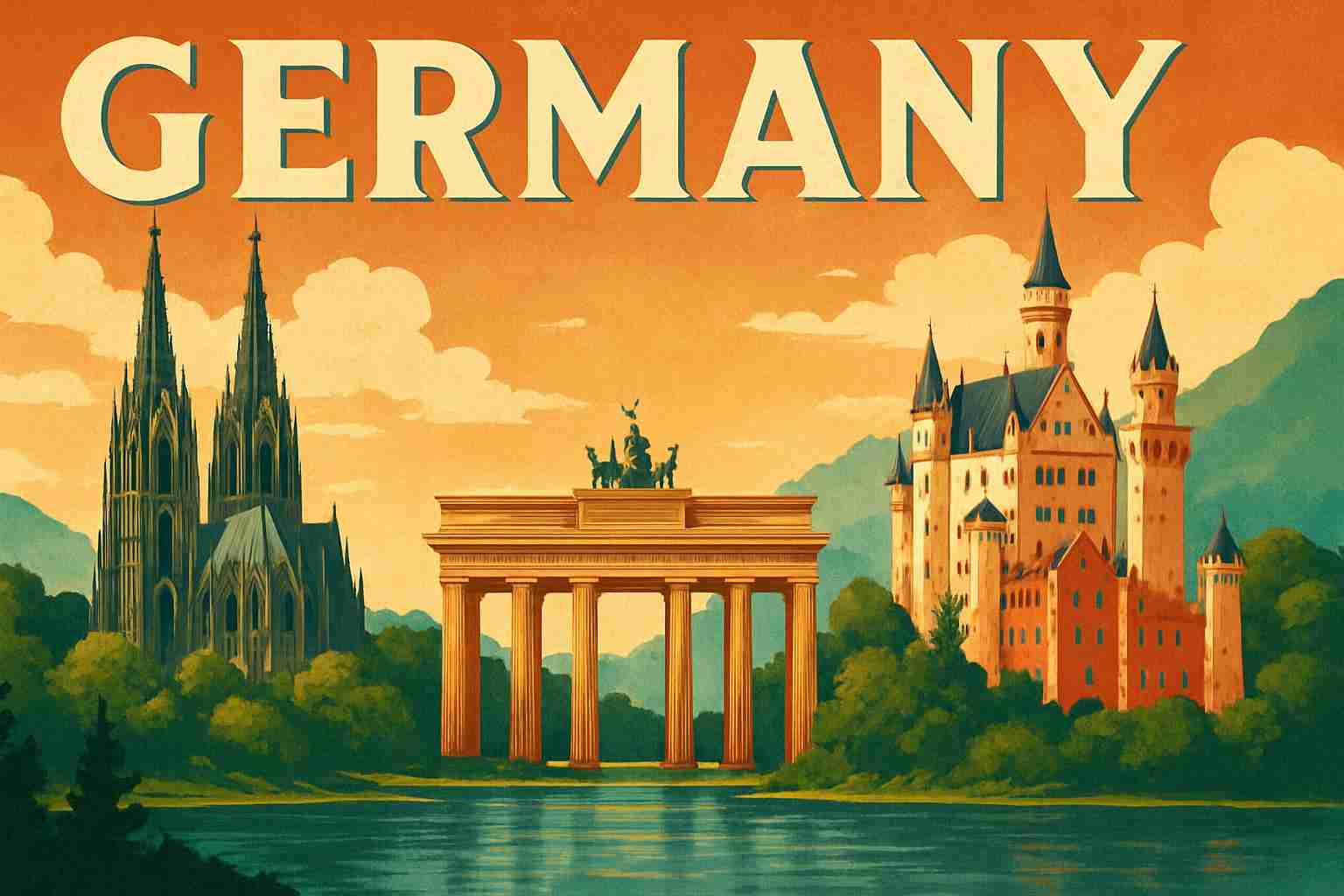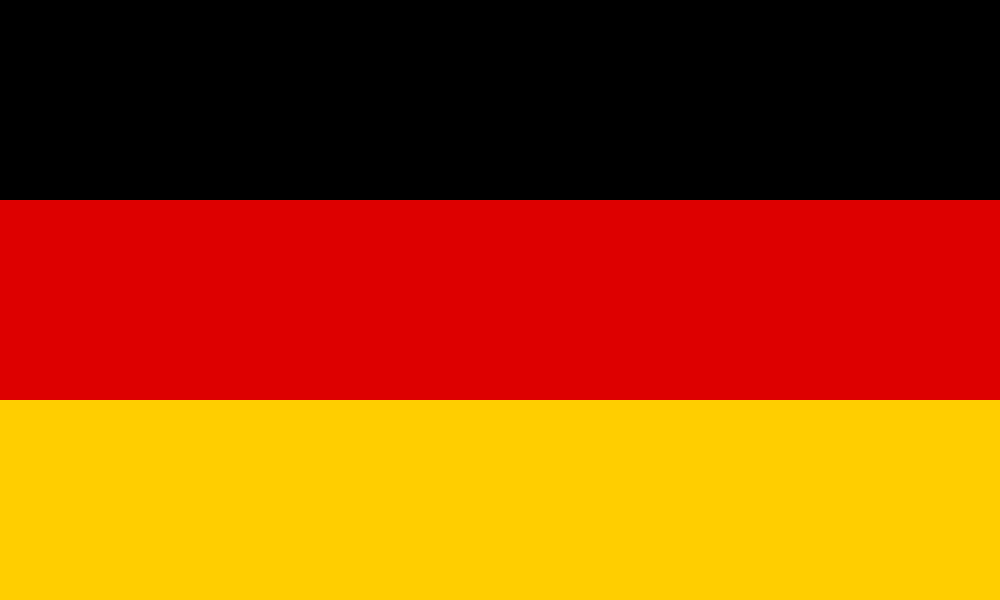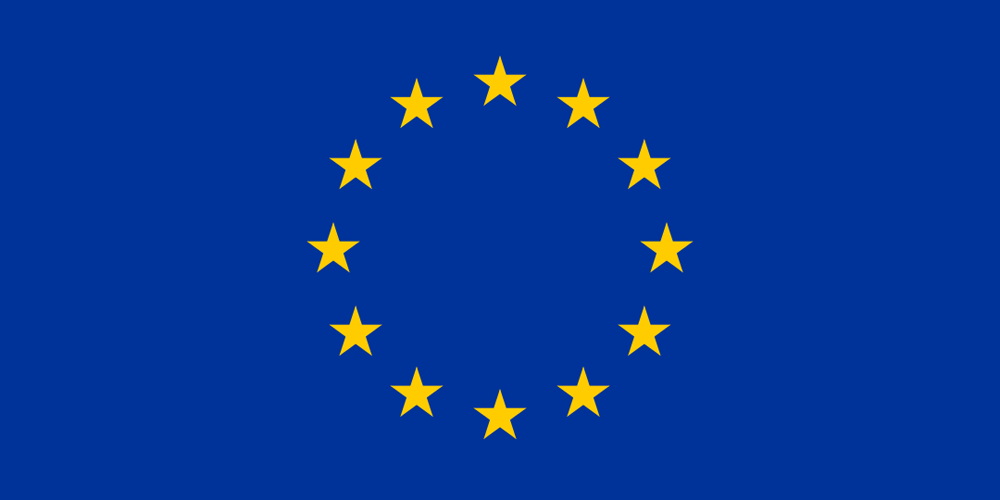Currency in Germany: EUR Send & Spend FX Guide
 Resources for Expats, Travelers and Entrepreneurs Navigating Life and Trade in Germany with the Euro.
Resources for Expats, Travelers and Entrepreneurs Navigating Life and Trade in Germany with the Euro.

What's in this Germany currency guide?
What currency is used in Germany?
The official currency of Germany (country code: DE) is the Euro, with symbol € and currency code EUR.
What is a good Euro exchange rate?
The BestExchangeRates.com currency comparison table below helps you see the total cost of your currency transaction by showing the exchange rates offered by different providers. It also makes it easy to spot potential savings from market-leading FX services compared to bank rates.
To see a full list of rates, enter your transaction type, currencies and amount then click ‘GET RATES’:
Loading rates...
|
|
|
Good things to know about the Euro
As of June 16, 2025, the Euro (EUR) has experienced notable developments affecting travelers, expats, and business owners:
- Interest Rate Adjustments: The European Central Bank (ECB) has reduced its key interest rates multiple times since April 2025, with the deposit rate now at 2%. This easing cycle aims to stimulate economic growth amid global uncertainties. (ft.com)
- Inflation Trends: Eurozone inflation has moderated, with the latest data showing a decrease to 2.4% in November 2024, bringing it closer to the ECB's 2% target. (nbcdfw.com)
- Eurozone Expansion: Bulgaria is on track to adopt the euro on January 1, 2026, following successful convergence assessments. This expansion may influence currency dynamics and economic interactions within the euro area. (en.wikipedia.org)
These developments are crucial for individuals and businesses engaged in international transactions, as they can impact exchange rates, purchasing power, and overall economic conditions.
For more EUR information check out our selection of Euro news and guides.
Frequently Asked Questions
What currency should I use in Germany?
The domestic currency in Germany is the Euro.
What is the Euro currency code and symbol?
The three letter currency code for the Euro is EUR — symbol is €.
What does the Euro look like?
Here is an example Euro banknote:

Which countries use the Euro?
It is the domestic currency in Eurozone, Aaland Islands, Andorra, Austria, Belgium, Croatia, Cyprus, Estonia, Finland, France, French Guinea, French Southern Territories, Germany, Greece, Guadeloupe, Vatican City, Ireland, Italy, Latvia, Lithuania, Luxembourg, Malta, Martinique, Mayotte, Monaco, Montenegro, Netherlands, Portugal, Reunion, Saint Barthelemy, Saint Martin, Saint Pierre and Miquelon, San Marino, Slovakia, Slovenia and Spain.
Is the Euro a closed currency?
No, the Euro is freely available and convertible. See guide: What is a closed currency?
What are equivalent amounts of USD and EUR?
Here are some popular conversion amounts for USD to EUR (US dollar to Euro)*.
*Converted at the current USDEUR interbank exchange rate. Calculate actual payout amounts for Send Money and Travel Money exchange rates.

Travel money for Germany
Using Wise for Euro travel money is a smart choice for savvy travelers. With its competitive exchange rates and low fees, Wise allows you to convert and manage multiple currencies effortlessly.
Be careful when using your own bank's Debit/Credit Card, as your bank may also charge an extra 3% as an “Overseas Transaction Charge” plus “Overseas ATM” fees for withdrawing cash on top of the standard Visa/Mastercard 2.5% from market mid-rate.
For card purchases, if you are offered a choice of currencies always select to Pay in Euro otherwise you will typically get much worst dynamic currency conversion (DCC) exchange rates.
If you really want Euro cash before departure, you can save money by ordering online. You generally get better rates and can pick up the EUR cash locally or even on travel day at the airport.
Germany: Travel Guide
Traveling to Germany requires careful financial planning to ensure a smooth and cost-effective experience. Here's a comprehensive guide to help you navigate currency considerations and manage your money effectively during your visit.

Germany is a country located in Central Europe, known for its rich culture, history, and landmarks. It is the most populous member state of the European Union and the second most populous country in Europe.
Germany's capital and largest city is Berlin. The official language is German and the country has a federal parliamentary constitutional republic form of government.
Germany is a popular tourist destination for its beautiful cities, landmarks, and natural scenery. Some popular tourist destinations include:
- Berlin: The capital city, known for its history, nightlife, and landmarks such as the Brandenburg Gate, the Berlin Wall Memorial and Checkpoint Charlie.
- Munich: Known for its beer gardens, the famous Marienplatz, and the annual Oktoberfest beer festival.
- The Black Forest: A region known for its beautiful landscapes, outdoor activities and traditional cuckoo clocks
- The Romantic Road: A scenic route through southern Germany, known for its picturesque towns, medieval castles and beautiful countryside.
- Neuschwanstein Castle: a 19th-century palace that is one of the most popular tourist destinations in Germany, it is known for its beautiful architecture and picturesque setting.
- Heidelberg: A picturesque town known for its castle and beautiful Old Town.
- Hamburg: The second largest city in Germany, known for its port, its vibrant nightlife, and its famous Reeperbahn red-light district.
The Brandenburg Gate and the Berlin Wall Memorials as well as the Holocaust Memorial are also important sights in Germany that are must-see for visitors interested in the country's history.

Everyday Costs in in Germany
How much does it really cost to live, work, or travel in Germany? Here's what to expect for daily expenses and expat living.
Currency Guide for Germany (DE)
For travelers planning a one-week mid-range stay in Germany, a budget of approximately €1,000 to €1,300 should suffice. This amount allows for comfortable accommodations, delicious meals, and local attractions. To give you an idea of daily expenses, here are some typical costs: a meal at a local restaurant 🍽️ might set you back around €12-€20, a coffee ☕ can be purchased for about €2.50, and public transport fares 🚆 typically cost between €2.70-€3.50. If you're looking to stay connected, a prepaid SIM card 📱 is generally around €10-€15. Considering budget accommodations like hotels or Airbnbs 🏨, expect to pay roughly €70-€120 per night. Overall, Germany can be classified as an average to slightly expensive destination, particularly when compared to the United States, where comparable expenses may be about 10-20% higher. Compared to the UK, Germany's prices are generally on par, with some items being cheaper while others, like transportation, may cost a bit more.
For expats settling in Germany, typical monthly living costs can range from €1,500 to €2,500 depending on the city and lifestyle. Major expenses include rent, which can vary significantly—expect around €800-€1,500 for a one-bedroom apartment in the city center. Essential costs like groceries for two could amount to about €300-€400 per month. When it comes to banking, most cafes and shops accept card payments, including contactless options, which is widely used in urban areas. However, it is still advisable to carry some cash (€50-€100) for small purchases or places that do not accept cards. For expats sending or receiving money, online transfer services like Wise or OFX often provide better exchange rates and lower fees compared to traditional banks. Generally, exchanging money locally can yield less favorable rates, especially in tourist areas; hence, using digital platforms is recommended for significant transactions.
USD/EUR Market Data
The below interactive chart displays the USD/EUR change and UP📈 DOWN📉 trends over the past 1 Year.

Recent Euro Market News
December 22, 2025
Key Developments Affecting the Euro (EUR):
1. ECB Maintains Interest Rates Amid Modest Growth: On December 18, 2025, the European Central Bank (ECB) kept interest rates unchanged for the fourth consecutive meeting, citing signs of modest economic growth across the eurozone. ECB President Christine Lagarde emphasized caution due to global uncertainties and indicated that future rate adjustments would be considered on a meeting-by-meeting basis. (apnews.com)
2. Bulgaria's Eurozone Entry Approved: On July 8, 2025, the Council of the European Union approved Bulgaria's accession to the eurozone, effective January 1, 2026. This decision marks Bulgaria's transition from the Bulgarian lev to the euro, making it the 21st member state of the eurozone. (en.wikipedia.org)
3. Digital Euro Project Advances: The European Central Bank (ECB) is progressing with the digital euro project, aiming to introduce a central bank digital currency (CBDC) by 2029. This initiative seeks to provide a fast and secure electronic payment instrument to complement existing euro forms. (en.wikipedia.org)
4. Eurozone Economic Forecasts: The European Commission's Spring 2025 Economic Forecast anticipates a decrease in headline inflation from 2.4% in 2024 to 2.1% in 2025, with underlying price pressures remaining consistent with the ECB's target. The forecast also projects a neutral fiscal stance for 2025 and 2026. (economy-finance.ec.europa.eu)
ECB Holds Steady on Rates Amidst Global Uncertainty:
- European Central Bank leaves rates unchanged with economy showing signs of modest growth, Published on Thursday, December 18
For more EUR information read our News and guides to the Euro.
Send Money to Germany - Best Rates
To get a good (and fair) exchange rate when sending money to Germany you need to find and compare exchange rates for International Money Transfers (IMTs).
The available FX rates for sending money abroad can be very different to the mid-market (wholesale) rate which you see reported online and in the News.
You should especially compare your own bank's exchange rates to those available from Money Transfer specialists to see how much you can save - we make that calculation easy in the below table.
Get a better deal for foreign transfers to Germany
When sending money to Germany it’s important to compare your bank’s rates & fees with those we have negotiated with our partner money transfer providers. To get a better deal you should follow these 4 simple steps :
- Open an account with a BER reviewed FX provider (id docs may be required)
- You specify the local or Euro amount you want to transfer
- Make a local currency domestic transfer for the requested amount to the provider's bank account in your country
- Once your funds are received by the provider the converted EUR amount will be transfered to the recipient account you specify in Germany.
Use the above calculator to compare the exchange rates of FX specialist providers rates versus your bank's standard rates you can hopefully save around 5% and maybe more - end result is more Euro deposited into the recipient bank account and less margins and fees kept by the banks!

Managing money while living and working in Germany
Managing your money effectively while living and working abroad can be challenging, but there are several steps you can take to ensure that your finances are in order.
Understand Euro currency exchange rates: Exchange rates can have a big impact on your finances, so it is important to keep an eye on the EUR exchange rate and consider using a money transfer specialist or a credit card that does not charge foreign transaction fees to get the best exchange rate.
Use a local Euro bank account: A local EUR bank account can make it easier for you to manage your finances and pay bills while you are in Germany. It may also be more convenient to use a local EUR bank account to make purchases and withdraw cash.
Research local laws and regulations: It is important to understand the local laws and regulations that apply to financial transactions in Germany. This can help you avoid legal issues and ensure that you are complying with local requirements.
Consider the tax implications: It is important to understand the tax implications of living or doing business in Germany. This can help you plan your finances and ensure that you are paying the correct amount of tax.
Seek financial advice: If you are unsure of how to manage your finances in Germany, it is a good idea to seek the advice of a financial professional who is familiar with the local financial system. This can help you make informed decisions and avoid financial pitfalls.
We have put together some key points to help managing your money effectively, you can reduce financial stress and enjoy your experience living or doing business in Germany.

Being an expat in the Germany
For expats, Germany is known for its high standard of living, excellent healthcare and education system, and strong economy. The country is also home to a diverse expat community, and major cities like Berlin and Frankfurt offer a vibrant international community.
However, the cost of living in Germany can be relatively high, especially in major cities like Berlin and Munich. Germany's weather can be unpredictable and the country can be quite cold in the winter and quite hot in the summer, so you should be ready for the weather depending on the season.
The language might be a barrier for some expats, as German is not widely spoken as a second language. However, in major cities like Berlin and Frankfurt, many people do speak English, but in rural or smaller towns, the knowledge of English may be limited.
